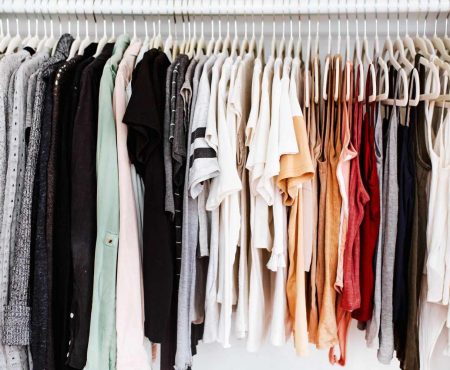Ethical fashion has come a long way from its humble beginnings as a niche movement to becoming a driving force in the fashion industry. With growing awareness of environmental and social issues, consumers and designers alike are redefining what it means to create and consume clothing responsibly. The evolution of ethical fashion reflects a delicate balance between style and sustainability, challenging traditional norms and paving the way for a more conscious and compassionate approach to dressing.
The Birth of Ethical Fashion
Ethical fashion emerged as a response to the exploitative practices and environmental degradation associated with the conventional fashion industry. It sought to address concerns such as sweatshop labor, unfair wages, and harmful chemicals used in clothing production. Early adopters of ethical fashion championed transparency, fair labor practices, and eco-friendly materials, laying the foundation for a movement that would reshape the fashion landscape.
From Fringe to Mainstream
What was once considered a niche movement has gradually gained traction and transitioned into the mainstream. Ethical fashion is no longer confined to a small group of eco-conscious consumers; it has caught the attention of designers, brands, and consumers across the globe. High-profile collaborations, sustainable collections by major fashion houses, and increased media coverage have propelled ethical fashion into the spotlight, making it a focal point of industry discussions.
The Intersection of Style and Sustainability
At its core, the evolution of ethical fashion revolves around striking a harmonious balance between style and sustainability. Early perceptions of ethical clothing as bland or uninspiring have given way to innovative designs that challenge preconceived notions. Ethical fashion now encompasses a diverse range of styles, from minimalist to avant-garde, proving that sustainable clothing can be as fashionable and on-trend as traditional alternatives.
Materials Matter
Central to the evolution of ethical fashion is the exploration of sustainable materials. Designers are turning to eco-friendly fabrics like organic cotton, hemp, Tencel, and recycled materials. These materials not only reduce the environmental impact of clothing production but also offer unique textures and qualities that contribute to the aesthetic appeal of ethical fashion.
Transparency and Accountability
A cornerstone of ethical fashion is transparency in the supply chain. Brands are increasingly sharing information about the sourcing of materials, manufacturing processes, and the treatment of workers. This transparency fosters a sense of trust and accountability between brands and consumers, enabling individuals to make informed choices aligned with their values.
Local and Global Impact
The evolution of ethical fashion recognizes both local and global impact. While local artisans and traditional craftsmanship are celebrated, the movement also acknowledges the interconnectedness of the global fashion supply chain. Brands are exploring ways to support local economies while ensuring fair wages and safe working conditions for all workers, regardless of their location.
Challenges and Opportunities
The journey of ethical fashion hasn’t been without challenges. Balancing ethical considerations with the demands of a profit-driven industry poses complex dilemmas. However, these challenges also present opportunities for innovation and growth. Ethical fashion has spurred technological advancements, such as innovations in sustainable materials, dyeing processes, and recycling techniques.
Empowering Consumer Choice
Consumers are at the forefront of the evolution of ethical fashion. As demand for ethically produced clothing grows, consumers wield the power to influence brands’ practices and drive change. By making conscious purchasing decisions, individuals send a clear message that ethical considerations are no longer optional but essential to the fashion industry’s future.
Collaboration and Collective Impact
The evolution of ethical fashion is characterized by collaboration and collective impact. Industry stakeholders, including designers, brands, consumers, and activists, are joining forces to drive meaningful change. Collaborative initiatives, sustainable fashion events, and partnerships between fashion and environmental organizations are shaping the fashion industry’s trajectory toward a more ethical and sustainable future.
A Blueprint for Tomorrow
The evolution of ethical fashion serves as a blueprint for a more responsible and compassionate fashion industry. It challenges the notion that style and sustainability are mutually exclusive, demonstrating that clothing can be both aesthetically pleasing and ethically produced. As the movement continues to gain momentum, it encourages us to question conventional norms, rethink our values, and make choices that resonate with a brighter and more sustainable future.
In conclusion, the evolution of ethical fashion represents a transformative journey that transcends trends and seasons. It embodies the notion that fashion has the power to be a positive force for change, not only in terms of personal style but also in its broader impact on society and the planet. As we navigate this evolving landscape, we have the opportunity to support a fashion industry that prioritizes both style and sustainability, fostering a more harmonious relationship between our wardrobes and the world around us.












